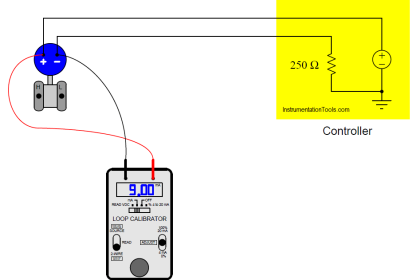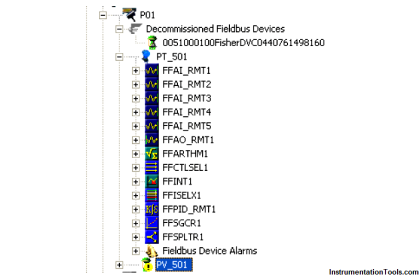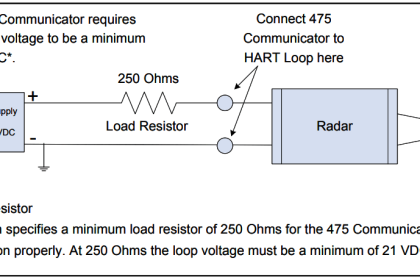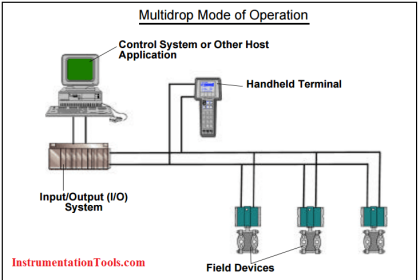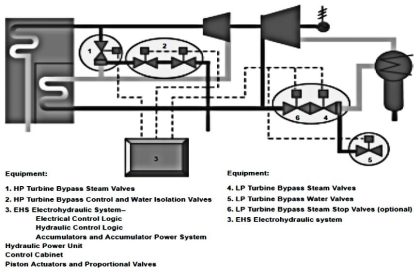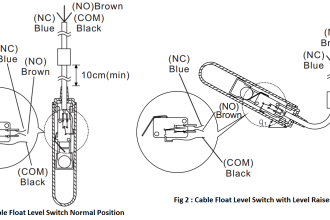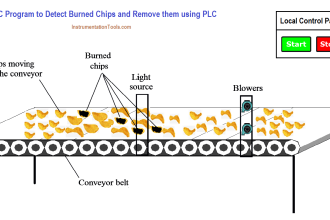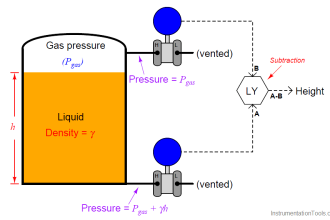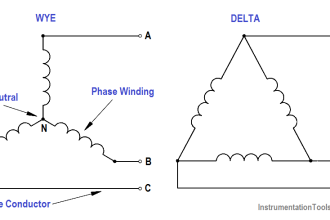As compared to wired communication, we always think that wireless communication is easier to install and use. Wireless technologies have always found great advantages over wired technologies due to the complexity of wiring, longer distances covered, and high speed of communication. In industrial automation too, wireless communication is used nowadays for quick results.
Also, with the advent of Industry 4.0, wireless technologies have found a special place in them. In this post, we will see the various types of wireless technologies used in industrial automation.
Types of Wireless Communication
- Wi-Fi (IEEE 802.11)
- Bluetooth (including Bluetooth Low Energy, BLE)
- Zigbee (IEEE 802.15.4)
- WirelessHART
- ISA100.11a
- LoRaWAN (Long Range Wide Area Network)
- Cellular Networks (GSM, 3G, 4G/LTE, 5G)
- NFC (Near Field Communication)
- Z-Wave
- Sigfox
- EnOcean
- Ultra-Wideband (UWB)
- RFID (Radio Frequency Identification)
- Thread
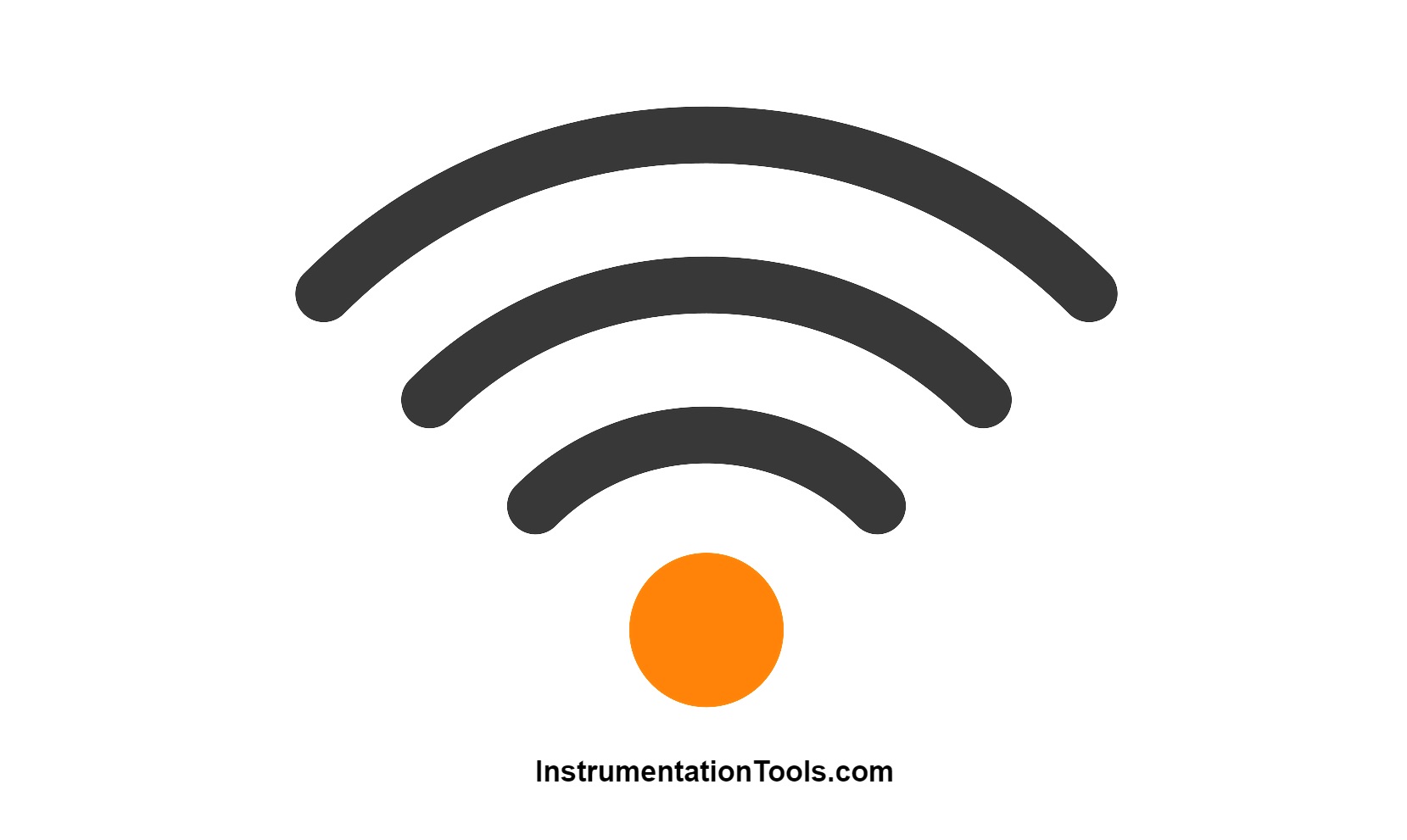
Advantages of Wireless Communication
- Engineering cost is reduced to a great extent as there is no need for wiring cables from end to end. Access points and antennas prove more cost effective than heavy conductor cables. Also, installing this technology is much cheaper than installing wires from end to end. Also, once the system has been commissioned, maintaining the communication is much easier than troubleshooting wires and cables.
- Process quality is improved to a great extent. This is because when you install wired technologies, some parameters in network are bound to be missed due to time constraints in laying them. In case of wireless ones, mostly all network parameters are programmed and commissioned.
- Wireless technology can be extended easily as compared to wired ones, because laying cables is more difficult than just extending access points and antennas.
- There is no fear of loose connections, wear and tear of cables, or some leakages in wireless ones. Also, electromagnetic interference is much lower than wired ones. Also, there is no need for earthing, or laying some extra safety cables for protection.
Wi-Fi
This is a standard which comes under IEEE 802.11. It is one of the oldest standards of wireless communication. In this, a router is the main device, which transmits radio waves in a wide area and the Wi-Fi enabled devices catch them. Due to this, data is received at the device end.
But, as it is open area and wide in network, it is more prone to vulnerabilities, has low speed and faces latency many times. So, in industrial automation, it is mostly limited to a small range of applications. Though Wi-Fi can be made strong by good security features, it still finds it’s use in limited applications.
6LoWPAN
6LoWPAN stands for IPv6 over Low-Power Wireless Personal Area Network. 6LoWPAN comes under standard IEEE 802.15.4. As the name suggests, IPv6 has a large bit data compared to IPv4. This allows a wide network of devices to be connected.
One of the main highlights is that as 6LoWPAN is low-power, small devices that use low-power can use this network and connect. And as many sensors in industrial automation consume low power, this technology is best suited for them. Though this type has lower speed rates, it is best used for low power devices.
Wireless HART
Wireless HART comes under standard IEEE 802.15.4. HART is a very popular protocol in industrial automation where both analog and digital signals are transmitted on same cable and frequency, that too at the same time.
An extension of this comes in wireless form. Wireless HART uses mesh topology, meaning there is no need of a router. Data is directly transferred between devices. This is one of the strongest and most used technologies in wireless communication.
Zigbee
Zigbee comes under standard IEEE 802.15.4. Zigbee is mostly used for low-power device like IoT sensors, due to it’s advantage for working with low power consumption. Zigbee works on mesh topology.
In Zigbee, IPv6 addresses are used, which provides a wide range of addresses. Due to it’s features, Zigbee finds it’s application mostly in building automation.
Bluetooth
Bluetooth comes under standard IEEE 802.15.4. People are familiar with this technology, but it finds it’s major use in automation also. This is because bluetooth is low-power, compatible with almost all cellular phones and fast in operation for small distances.
Because IoT is vastly used in mobiles for integrating plant automation with operators, Bluetooth is majorly used in many automation devices.
Comparison of Wireless Technologies
| Technology | Frequency | Range | Data Rate | Power Consumption | Typical Use in Industrial Automation |
|---|---|---|---|---|---|
| Wi-Fi (IEEE 802.11) | 2.4 GHz, 5 GHz | Up to 100m | Up to 600 Mbps | High | High-speed data transfer, large-scale automation systems |
| Bluetooth (incl. BLE) | 2.4 GHz | 10-100m | 1-3 Mbps (BLE: <1 Mbps) | Low (BLE: Very Low) | Short-range communication, sensor data collection |
| Zigbee (IEEE 802.15.4) | 2.4 GHz | 10-100m | 250 Kbps | Low | Sensor networks, low-data rate applications |
| WirelessHART | 2.4 GHz | 200-300m | 250 Kbps | Low | Process control, mesh sensor networks |
| ISA100.11a | 2.4 GHz | 300-400m | Up to 250 Kbps | Low | Industrial monitoring and control |
| LoRaWAN | Various (Sub-GHz) | 2-5 km (Urban), 15 km (Rural) | 0.3-50 Kbps | Very Low | Long-range sensor networks, asset tracking |
| Cellular (GSM, 3G, 4G/LTE, 5G) | Various | Several km | Up to 10 Gbps (5G) | High | Remote monitoring, high-speed data, wide-area coverage |
| NFC | 13.56 MHz | <0.2m | Up to 424 Kbps | Low | Close-proximity device communication, access control |
| Z-Wave | Sub-1 GHz (868.42 MHz EU; 908.42 MHz US) | Up to 30m | 100 Kbps | Low | Home and industrial automation, sensor networks |
| Sigfox | Sub-GHz | 3-10 km (Urban), 30-50 km (Rural) | 100-600 bps | Very Low | Low-data rate applications, wide-area sensor networks |
| EnOcean | Sub-1 GHz (868 MHz, 902 MHz) | Up to 30m | Low (Variable) | Very Low (Energy Harvesting) | Energy harvesting sensors, building automation |
| Ultra-Wideband (UWB) | 3.1-10.6 GHz | 10-30m | Up to 480 Mbps | Moderate | Precise location tracking, high-speed data transfer |
| RFID | Low (125-134 kHz), High (13.56 MHz), Ultra-High (433, 865-868, 902-928 MHz) | Few cm to 10m+ | Low | Asset tracking, identification, access control | |
| Thread | 2.4 GHz | Up to 100m | 250 Kbps | Low | Home automation, device connectivity in mesh networks |
If you liked this article, then please subscribe to our YouTube Channel for Instrumentation, Electrical, PLC, and SCADA video tutorials.
You can also follow us on Facebook and Twitter to receive daily updates.
Read Next:
- How Does a Router Work?
- Real-time PLC Automation Projects
- What is a Fiber Optic Patch Cord?
- Moving Data between Siemens PLCs
- Difference between Router, Switch, and Hub


